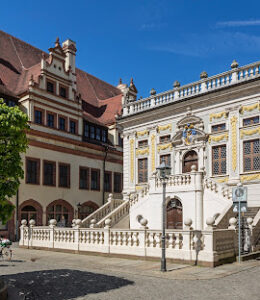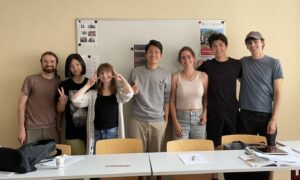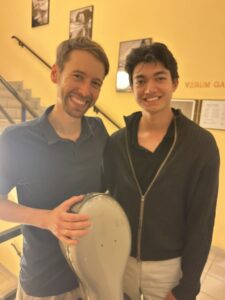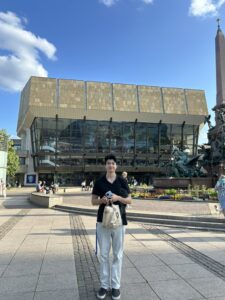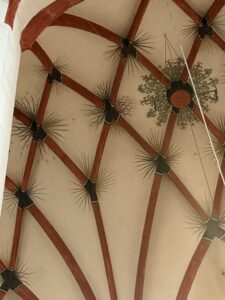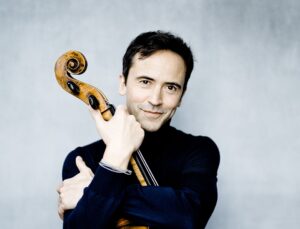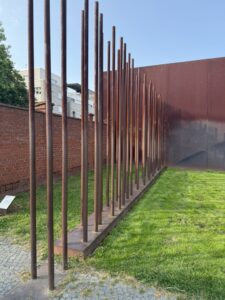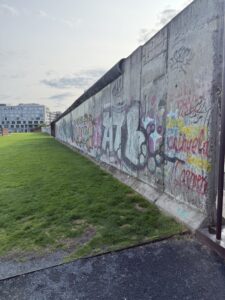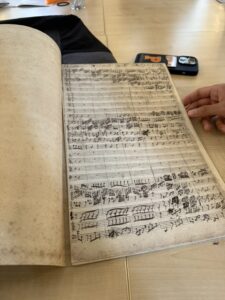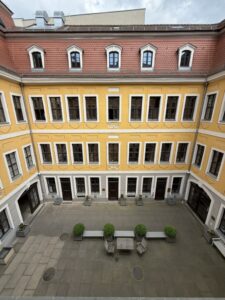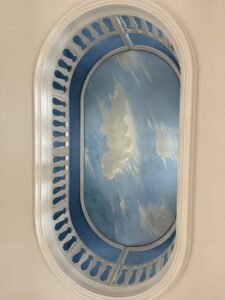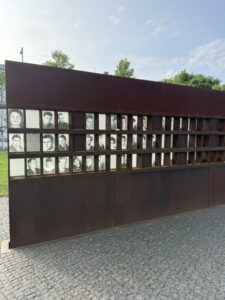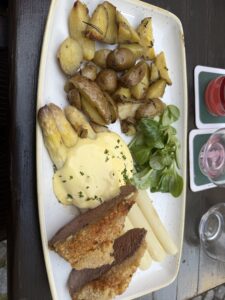Bach Cello Suite no. 6 in D major, BWV. 1012
The prelude of this grandiose suite is the longest prelude of the six suites. There is speculation that Bach intended this suite for the five-stringed violoncello piccolo, cello da spalla, or viola pomposa, but there is no way of knowing for sure. What we do know is that this prelude (and suite) is set very high in the cello’s range and is incredibly difficult to play. I have been listening to this suite ever since I was quite young and have always noticed how many different ways there are to play it. Therefore, when I began learning the prelude, I naturally explored the many options. I found that I prefer a slightly more romantic approach than some other cellists do, mostly in terms of articulation and bow stroke. I tend to use a more “into the string” stroke, whereas a musician with the goal of being as historically accurate as possible might use a lighter, drier stroke. A huge challenge that I encountered during the process of learning this piece was the idea of balancing technical issues with phrasing & musical things. Obviously a large part of learning this movement is simply getting the notes down, but it is also important, as always, to make the music interesting to listen to by playing what Bach wrote (dynamics, following the lines up and down), but also by adding my own musical ideas to the music. Another consideration that I want to mention is the differences in performance spaces and their varying acoustics. When playing anything in a super resonant hall (but especially this Bach movement), I had to be careful not to take too fast of a tempo at risk of losing clarity. Since this Bach Prelude has so many moving notes and many changing harmonies, it is important to play according to what the space allows. This adjustment can also be achieved through articulation—shorter notes and less vibrato might work better in a resonant space, whereas you might be able to afford to play more legato and with more vibrato in a drier space.
Mendelssohn: Auf Flügeln des Gesanges
The lyrics of this song are borrowed from the poem “Auf Flügeln des Gesanges” by the German Romantic poet Heinrich Heine. Originally for voice and piano, I borrowed this song for cello and piano (arranged by David Popper!!). When working on this song, I found that it was important to try to sound as similar to the human voice as possible and to try to phrase as a singer would, keeping the words and their meanings in mind at all times. There was so much freedom in this song, especially in terms of timing—there were many instances where it just made sense to take a breath before continuing. Throughout my time working on this piece, a big focus of mine was to make the second time through (there was a repeat) different from the first. I explored the possibilities—louder, softer, a bit slower, a bit faster—and ultimately decided to create that difference with my tone and with timing. There was a section that I played more or less straight the first time, but decided to use rubato the second time to create more of a sense of flow. Additionally, during the second time through, I tried to make the quiet sections extremely delicate and special by playing closer to the fingerboard, tilting the bow hair towards me, and applying less pressure to the string. Overall, I am so glad that someone (Ruth, I think) suggested doing this song—it is absolutely beautiful and I am so happy that I got to work on and perform it with Andy.


